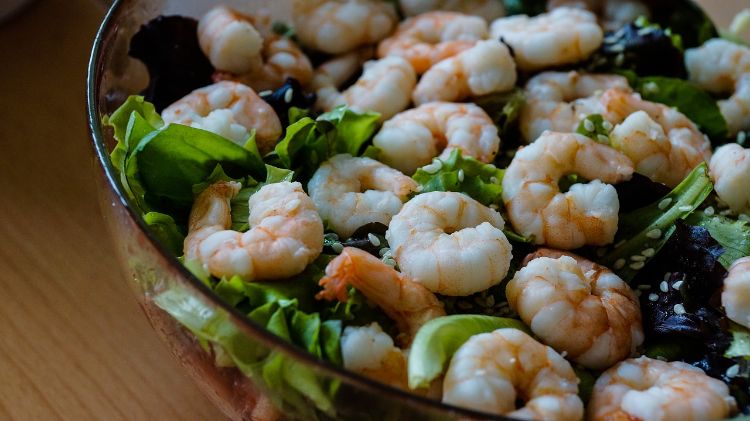Iron and vitamin C: the perfect pair
Iron-dense foods are best when paired with foods high in vitamin C to help the body absorb nonheme or plant-based sources of iron.

Iron is a vital mineral that has some big roles to play in making sure our bodies stay healthy. It is found in red blood cells and carries oxygen throughout the body via the blood stream. We need iron for growth and development. Additionally, iron removes waste such as carbon dioxide, transporting it to the lungs to be exhaled.
Iron is the most common nutritional deficiency. This deficiency is most prevalent in infants, people who are pregnant, people with heavy periods, folks who donate blood often and people with certain medical conditions such as heart failure or cancer. Signs of iron deficiency include fatigue, lack of energy, pale skin and fingernails, weakness, dizziness, frequent headaches and breathing difficulty. However, these symptoms only arise when iron deficiency has reached the classification of anemia, where iron stores have become so drained that the red blood cells cannot carry enough oxygen throughout the body. It is important to get iron levels tested regularly to catch a deficiency before it progresses to anemia.
Iron is found in many foods such as red meat, poultry and seafood. It can also be found in beans (black, pinto, kidney, soy and lentils) and dark green leafy vegetables. Some foods are “iron-fortified” which means iron has been added. This is commonly found in wheat and other flours, and most likely found in cereals. Iron originating from animal-based sources, called heme iron, and plant sources, called nonheme iron, are absorbed differently. Our bodies tend to not absorb the nonheme iron, or plant-based iron, as easily. It has been found that vitamin C can increase the amount of iron the body absorbs from plant sources. Look no further than the fruit and vegetable food groups to find your vitamin C; foods such as strawberries, citrus fruits, tomatoes, potatoes, citrus fruits, green and red bell peppers, broccoli, Brussels sprouts and kiwis are great sources of vitamin C.
Try pairing iron with vitamin C to have maximum absorption from non-heme or plant sources.
- Add sliced strawberries to oatmeal
- Spinach salad with tomato slices and green pepper strips
- Baked chicken with broiled grapefruit for dessert
- Breakfast burrito with whole-grain tortilla, eggs and a side of cantaloupe
- Kale salad with tuna or cooked dry beans and green peas
- Seafood with a citrus salsa topping
Try your best to combine iron-rich foods with fruits and/or vegetables to make sure you are getting an ample amount of these important minerals and vitamins in your daily diet.
If you are interested in being screened for iron deficiency anemia, visiting a community health center or clinic can assist in getting a blood test. If you or your infant or toddler is enrolled in the Women, Infants & Children program, or WIC, talk to staff about being screened for hemoglobin levels.



 Print
Print Email
Email

